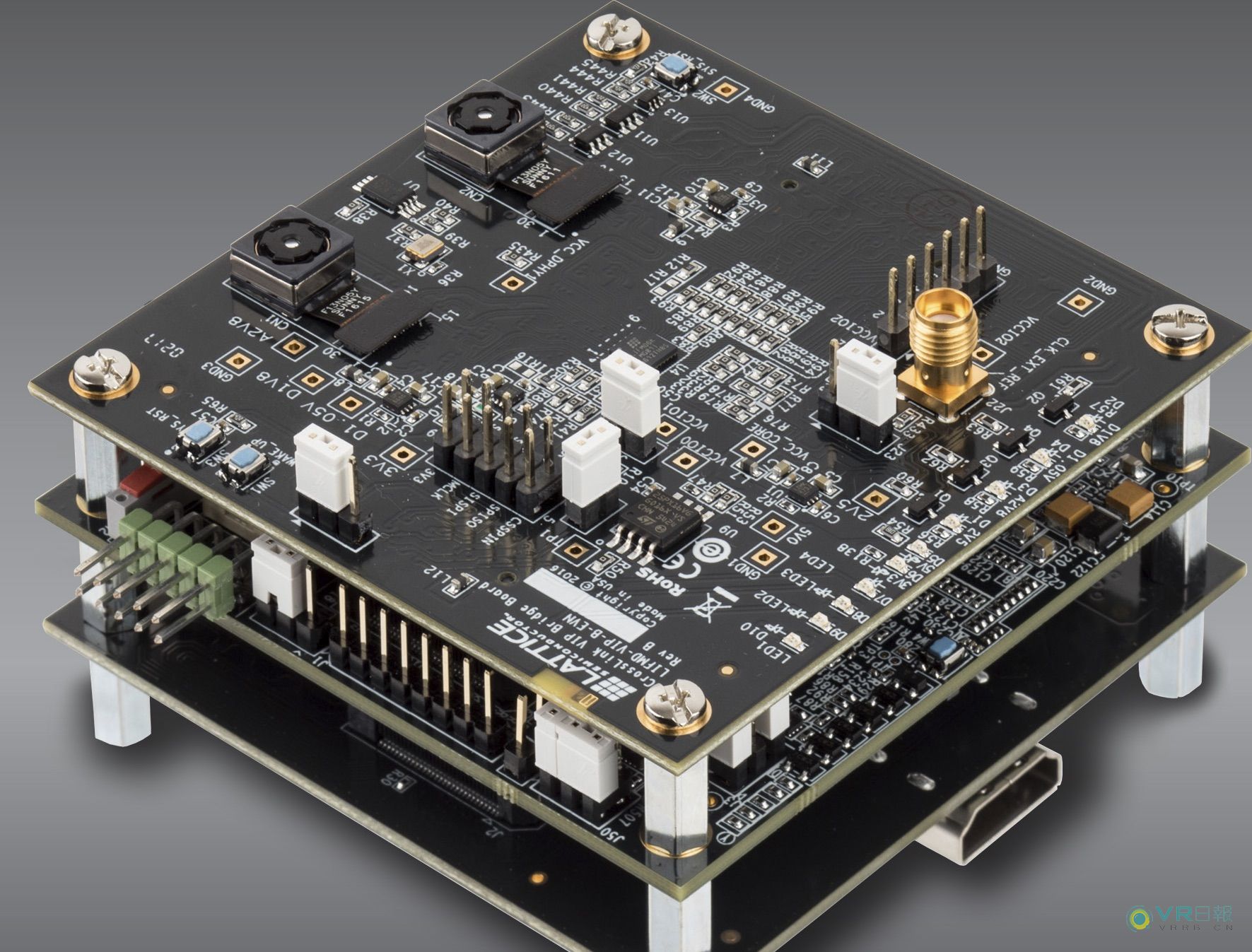
Lattice Semiconductor announced today that Ximmerse, a provider of mobile virtual reality interactive solutions, will use Lattice Semiconductor's ECP5 FPGA to perform 3D visual calculations. Lattice said that with its low power consumption, small size and low cost, ECP5 FPGAs are ideal for smart connectivity and acceleration, enabling energy-saving and low-latency solutions.
At present, the market demand for AR/VR is increasing, and the mobile application service processor (AP) has performance limitations on running content. Therefore, performing vision-based location tracking on the processor is very challenging. With up to 85K LUTs compared to a single application service processor, ECP5 FPGAs in a small 10 x 10mm package enable lower latency and higher power image processing capabilities. Programmable structures and I/O also allow Ximmerse to select camera sensors from different vendors based on product requirements.
According to Dai Jingwen, technical director of Ximmerse, "Lattice has always been an important partner in overcoming design and performance challenges when building mobile AR/VR solutions. Their video expertise and first-class customer support, as well as flexible ECP5 FPGAs are We provide smarter and higher performance solutions. We look forward to continuing our cooperation."
Lattice Semiconductor provides a range of product solutions for AR and VR applications, including our previously reported WirelessHD module (for sub-frame delay video transmission in wireless VR systems), CrossLink FPGA (for cameras and cameras. Programming bridging solution), and iCE40 FPGA (supports concurrent data acquisition based on Sensor-based position tracking system) and more.
According to Ying Chen, senior business development director at Lattice Semiconductor, “... From AR/VR systems, robots and drones, to machine vision and smart surveillance cameras, we have seen companies in the world Our products are implemented in our small size, low power, low latency FPGAs. This is just the beginning and we are confident in the prospect of innovation and design."
Ximmerse currently provides inbound tracking and outbound tracking products and solutions, and has entered into partnerships with major leading manufacturers such as HTC.
Incremental Encoder is commonly used, and Absolute Encoder is used if there are strict requirements on position and zero position. Servo system should be analyzed in detail, depending on the application situation. Commonly used incremental encoder for speed measurement, which can be used for infinite accumulation measurement; Absolute encoder is used for position measurement, and the position is unique (single or multiple turns). Finally, it depends on the application situation and the purpose and requirements to be realized.
Incremental Linear Encoders,Linear Optical Encoder,Linear Position Encoder,Encoder Bearing Tester
Yuheng Optics Co., Ltd.(Changchun) , https://www.yuhengcoder.com